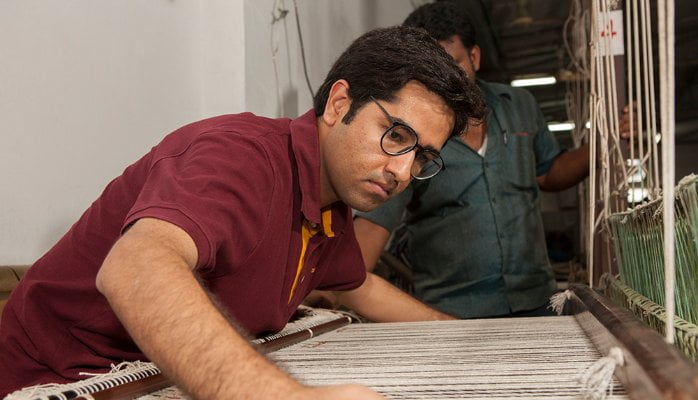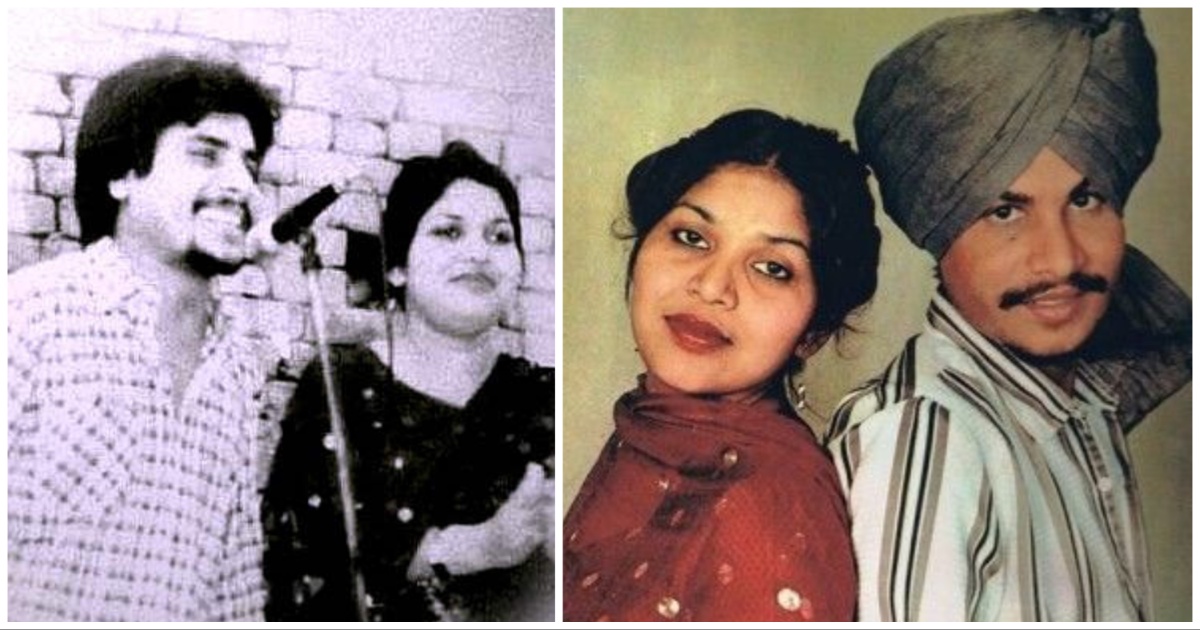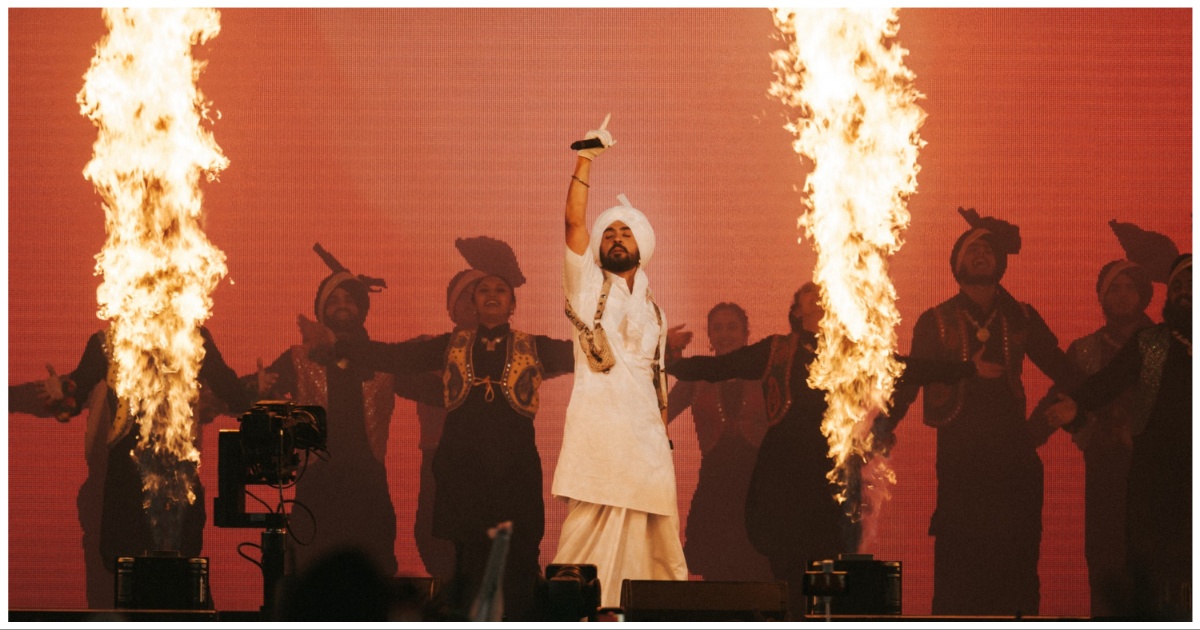If you were told that you had to create something totally new from the music you are familiar with, the obvious path would be to compose a new song or something along those lines. When Vibhu Galhotra was faced with the same question, he chose to do something totally different; he created an instrument called the Warp from scratch.
Since his teenage years, Vibhu has been playing the piano and keyboard. “I always saw parallels in different art forms — photography, music and now weaving. That is my way of understanding things. By creating the Warp, I got a chance to pay homage to the loom, incorporate different spheres of art together and create what I like to call visual music,” Vibhu tells you.
Vibhu was inspired from the rhythm and musicality of the kilim loom that weavers use to create beautiful woven works of art. The vertical threads on the loom are called warps, after which the instrument has been named. The instrument was created as part of the Fibre Fables project that saw artists from different walks of life collaborating to put up an exhibition inspired from weavers.
“Seeing the weavers toiling away in a rhythmic manner made me want to understand it further. The idea I worked with was that it’s not a process of weaving but of playing the instrument,” Vibhu says. The Warp has 32 strings that are plucked to create music. Vibhu adds, “It can be played by someone with an Indian as well as Western classical background. In fact, at the Fibre Fables exhibition, an Indian classical musician performed on it.”
Vibhu’s life was surrounded by art in the form of photography since he was a little child studying first in Sri Ram School and then at Sanskriti School. This is because both his father and grandfather are renowned photographers. Since his college days in Hindu College, DU, Vibhu has also been doing photography. He does all kinds of photography — fashion, landscapes, journalistic and so on. A photograph by him has even been featured on the cover of a magazine called Pool.
Although he completed a Bachelor of Science degree from DU, Vibhu realised soon that he did not want to go forward with a career in the sciences. “Instead, I used the scientific aspects from my studies to execute my ideas,” Vibhu says.
Creating a new instrument is no mean feat and Vibhu learnt this through his experience of creating the Warp. After all, there is no guidebook for creating a new instrument. He tells you, “I read as lot, understood as much as possible about instruments and then I experimented. I really draw inspiration from the Genesis of a Music by Harry Partch, a book on instruments from the 1920s. I spent a lot of time with my piano circle, picking their brains and playing all the instruments I could get hold of.”
It took Vibhu a total of four-five months to make the entire instrument, including the research time during which he made a lot of trips to the craftsmen who were working with him.
Apart from a number of photography assignments that he is working on, Vibhu is also working on his next instrument which he says is a percussion-based instrument. “One day, maybe I can have a quartet of band of my own where all the instruments being used are designed by me. It is all about finding your voice. I am also trying out video, apart from still photography. Basically, I want to try everything while taking forward what I already have,” says Vibhu.
To this end, he is trying to master playing the Warp. He has also planned a video around this versatile instrument. When asked if the Warp sounds like anything like any other instrument, Vibhu says that he would never put any ideas into his listeners’ heads as it is for them to listen and decipher.
The article also got published in The Pioneer Newspaper – http://www.dailypioneer.com/sunday-edition/sunday-pioneer/backpack/music-from-the-wrap.html




